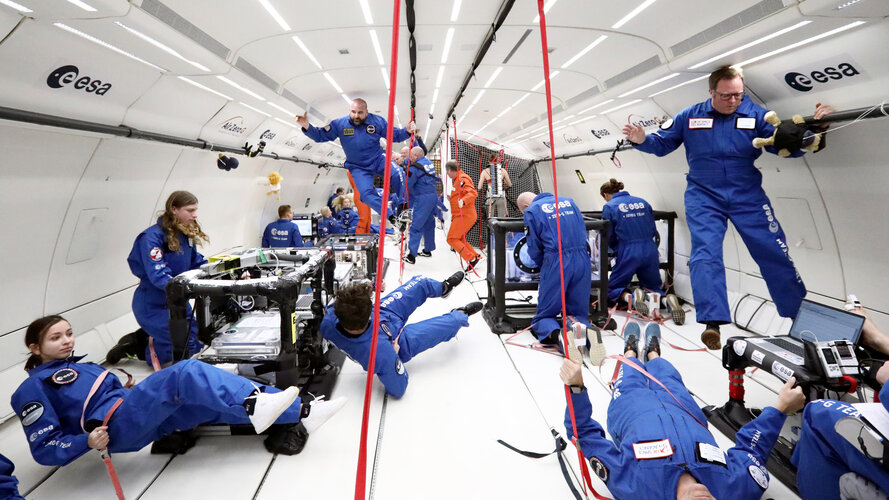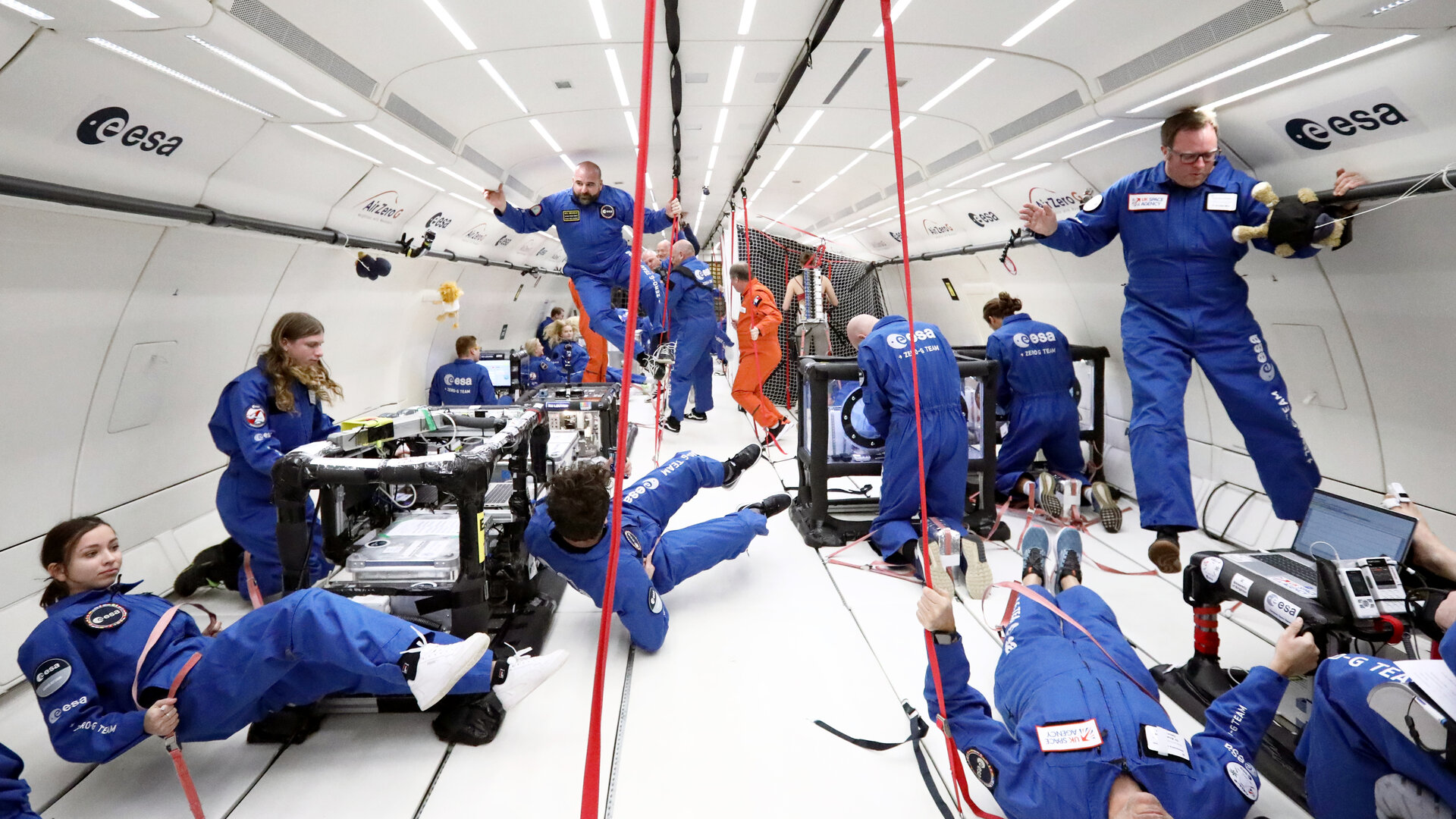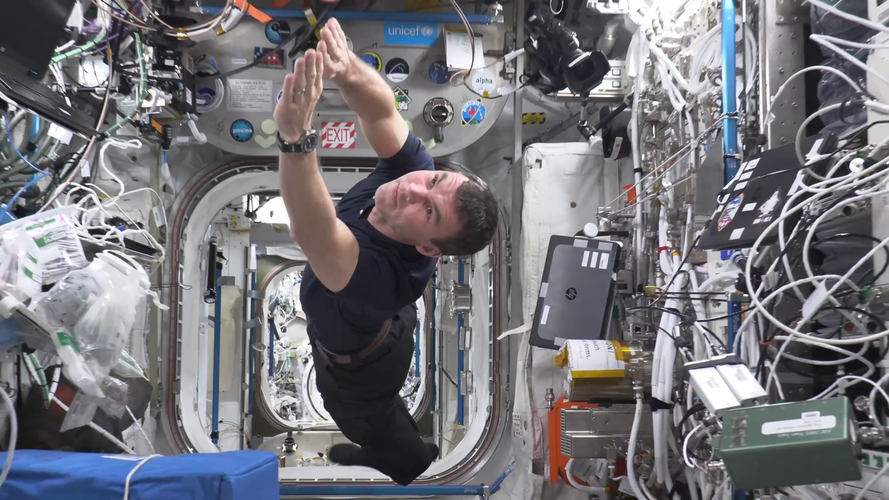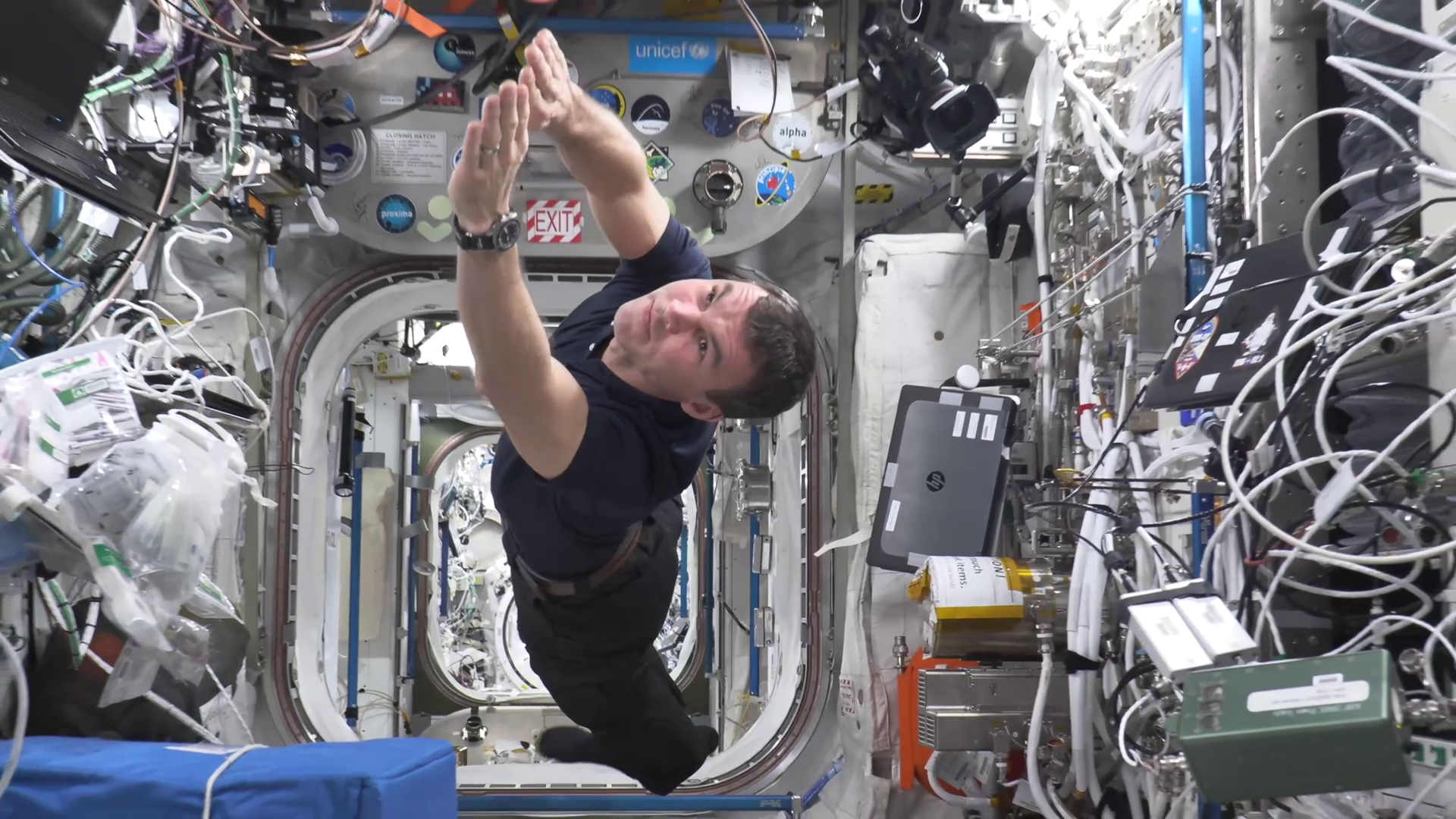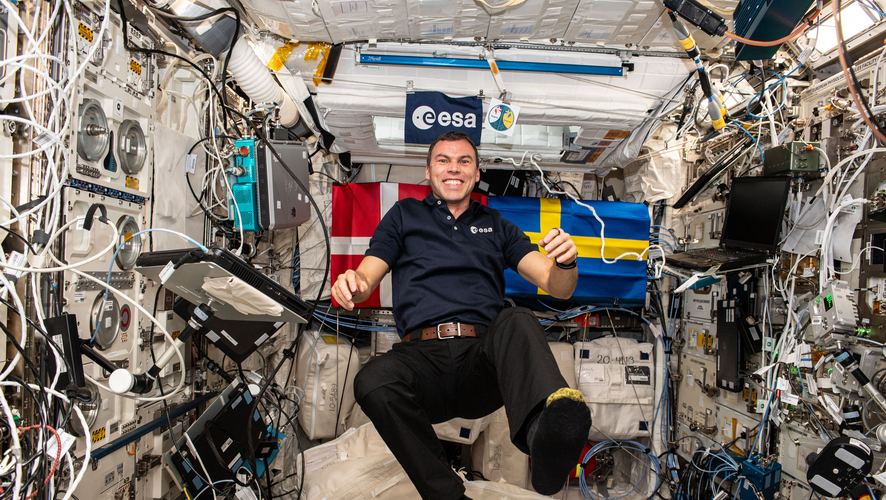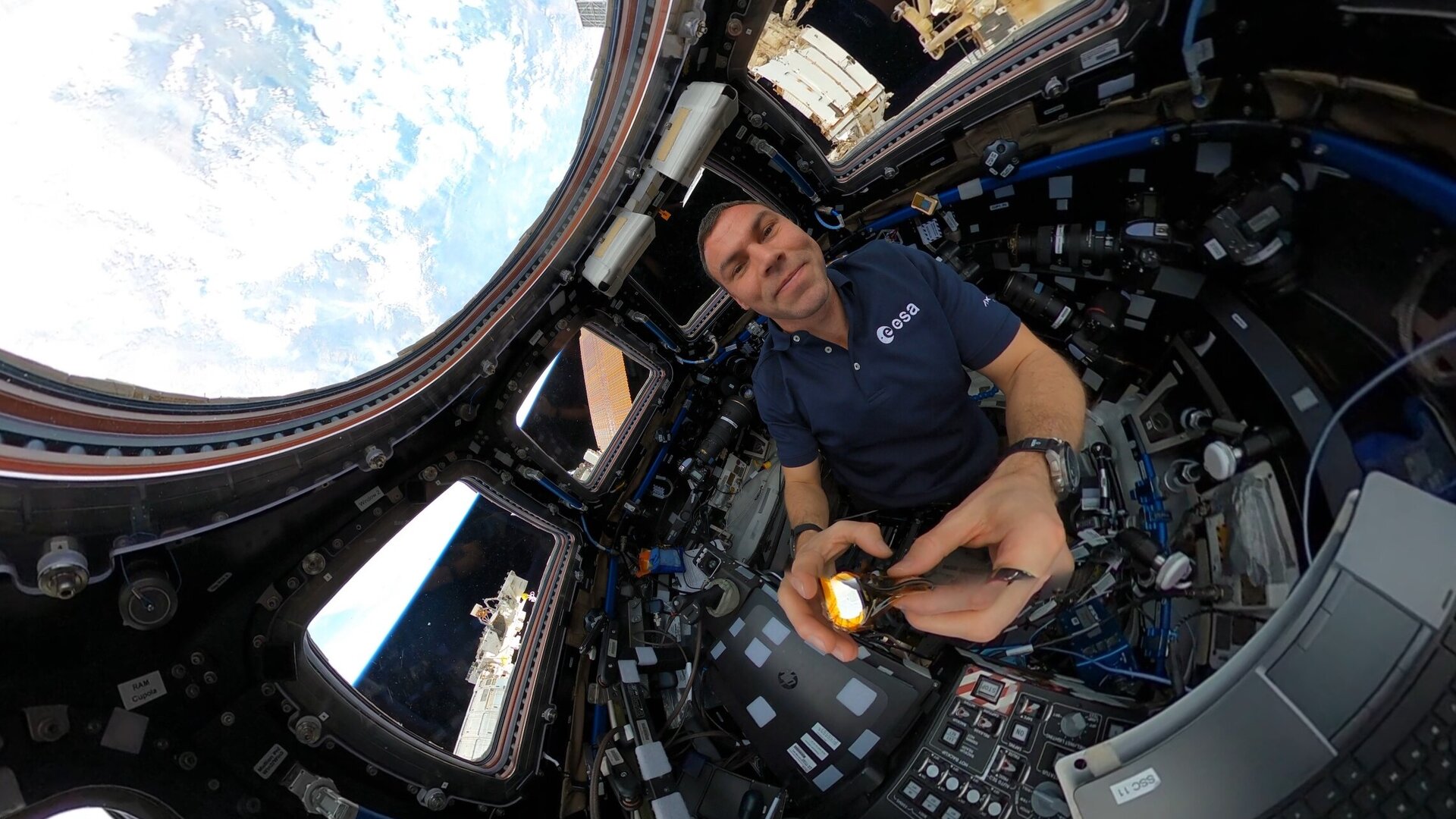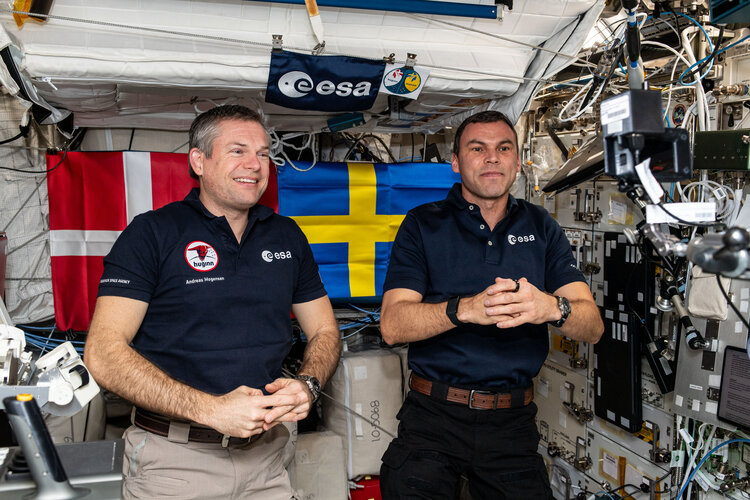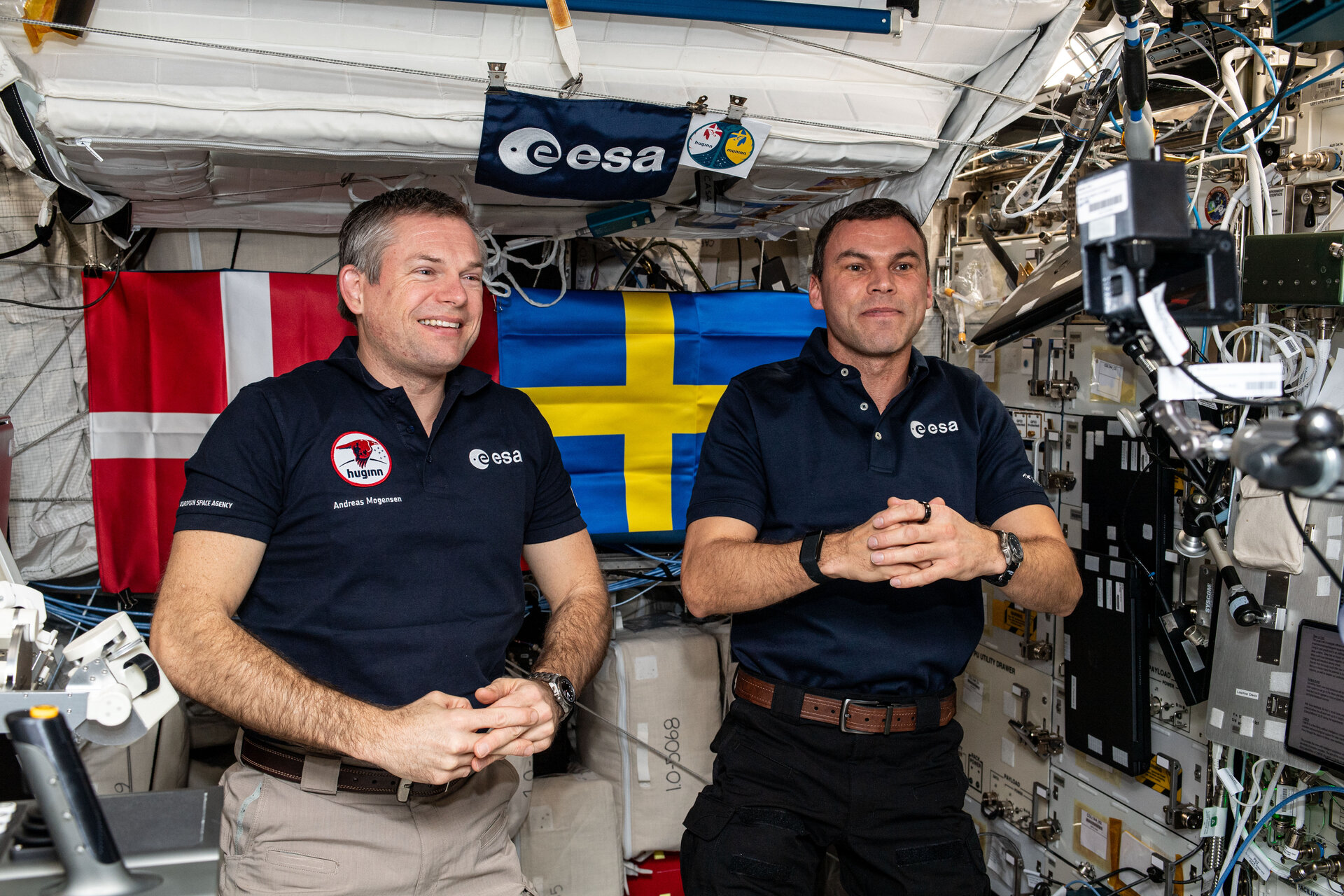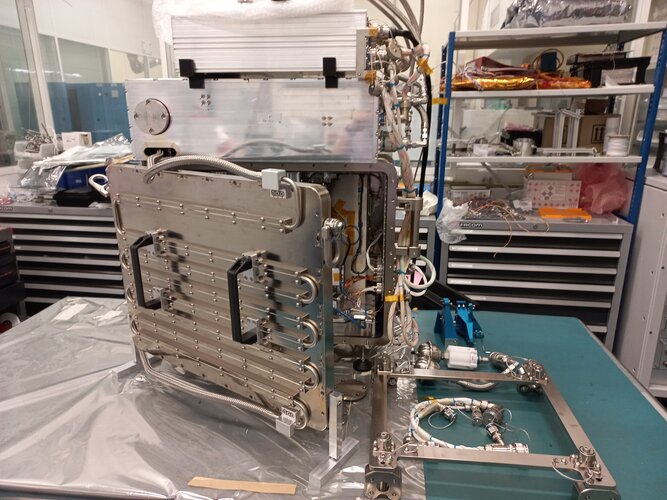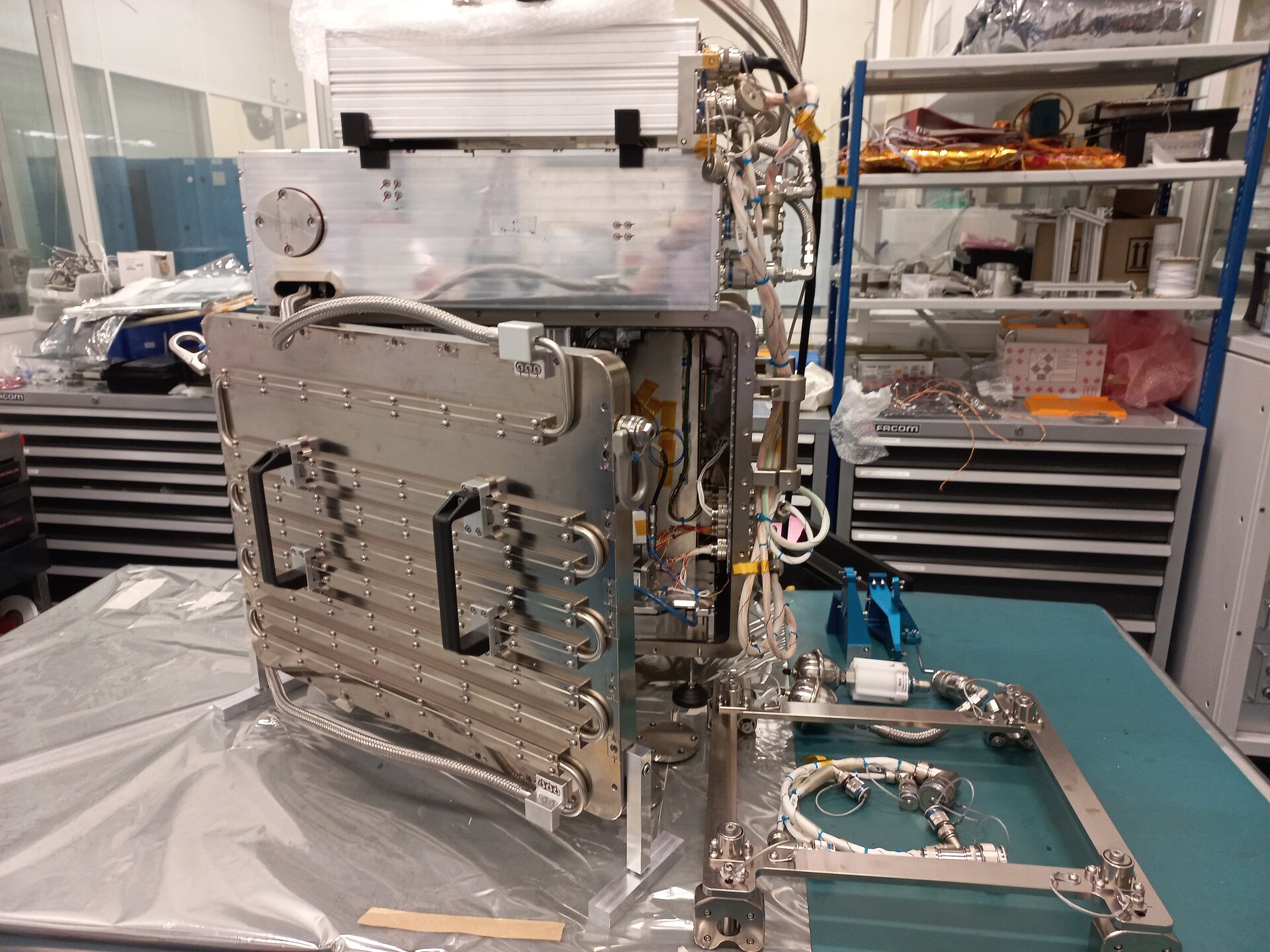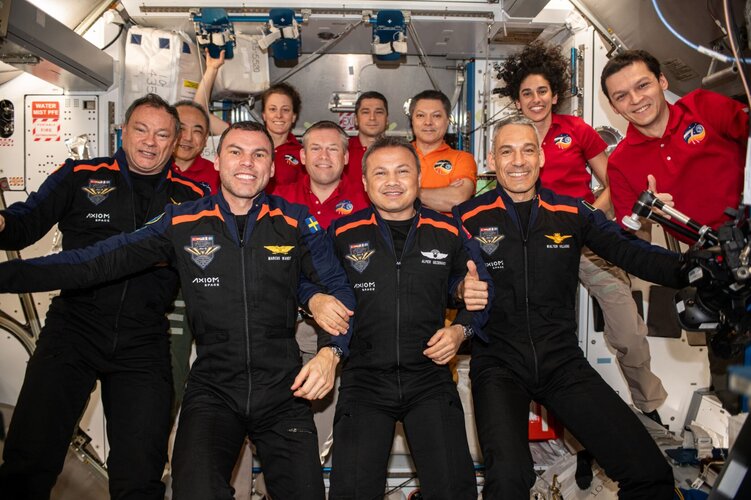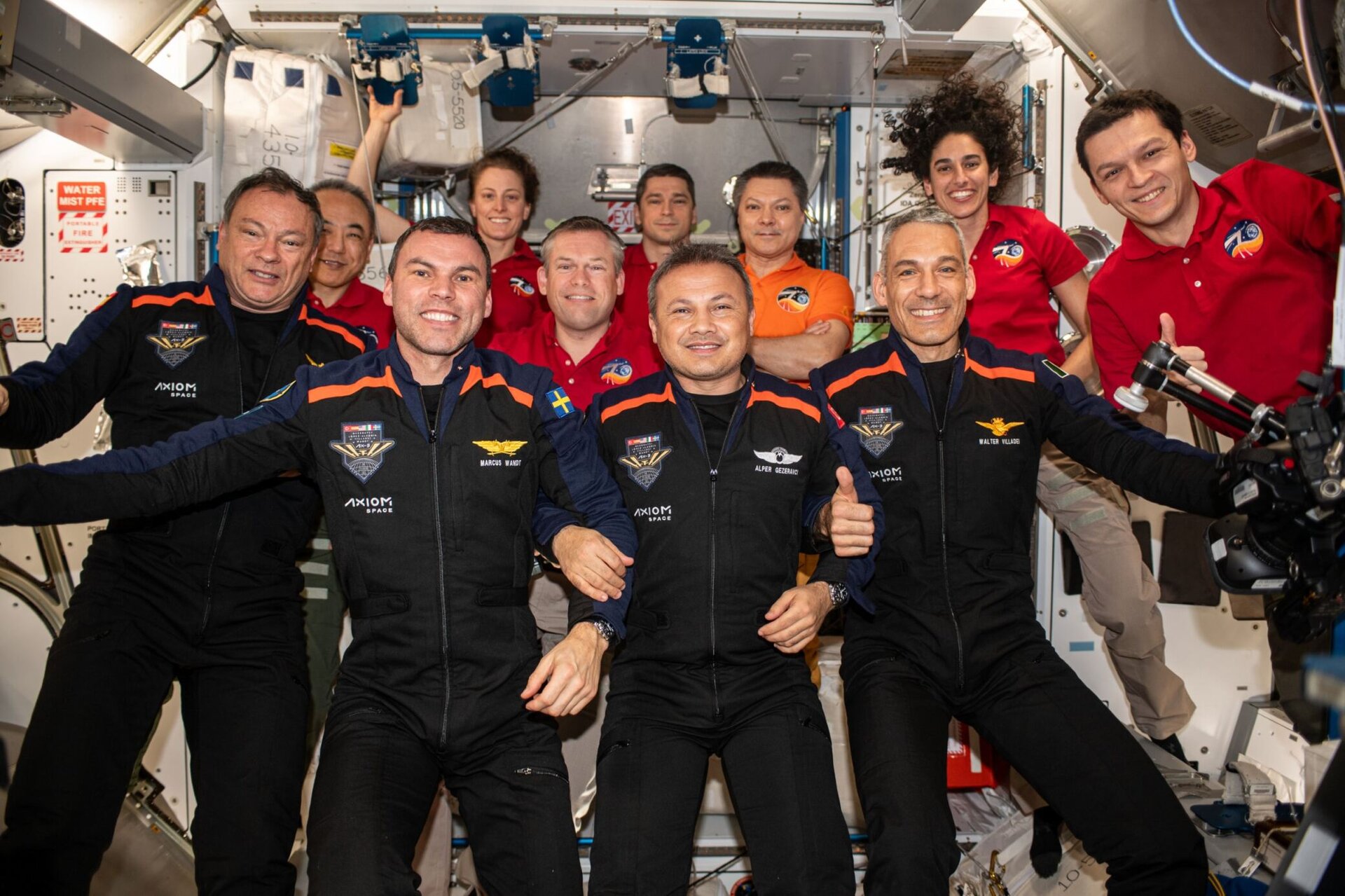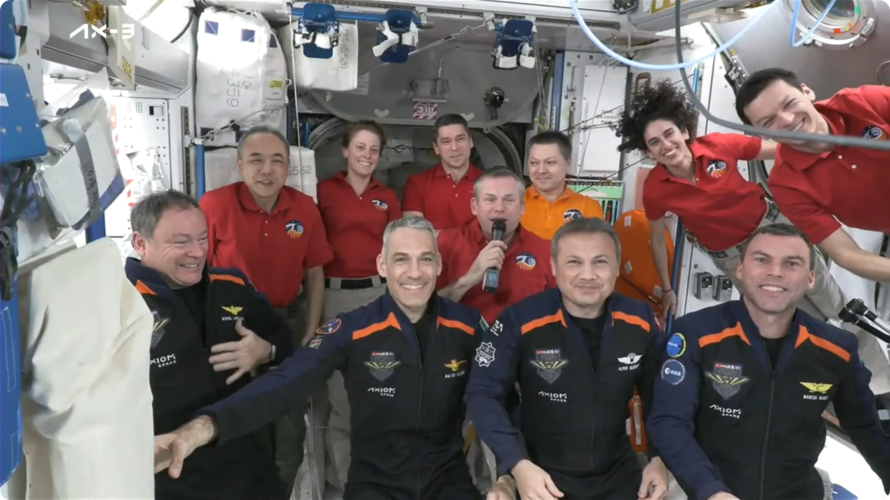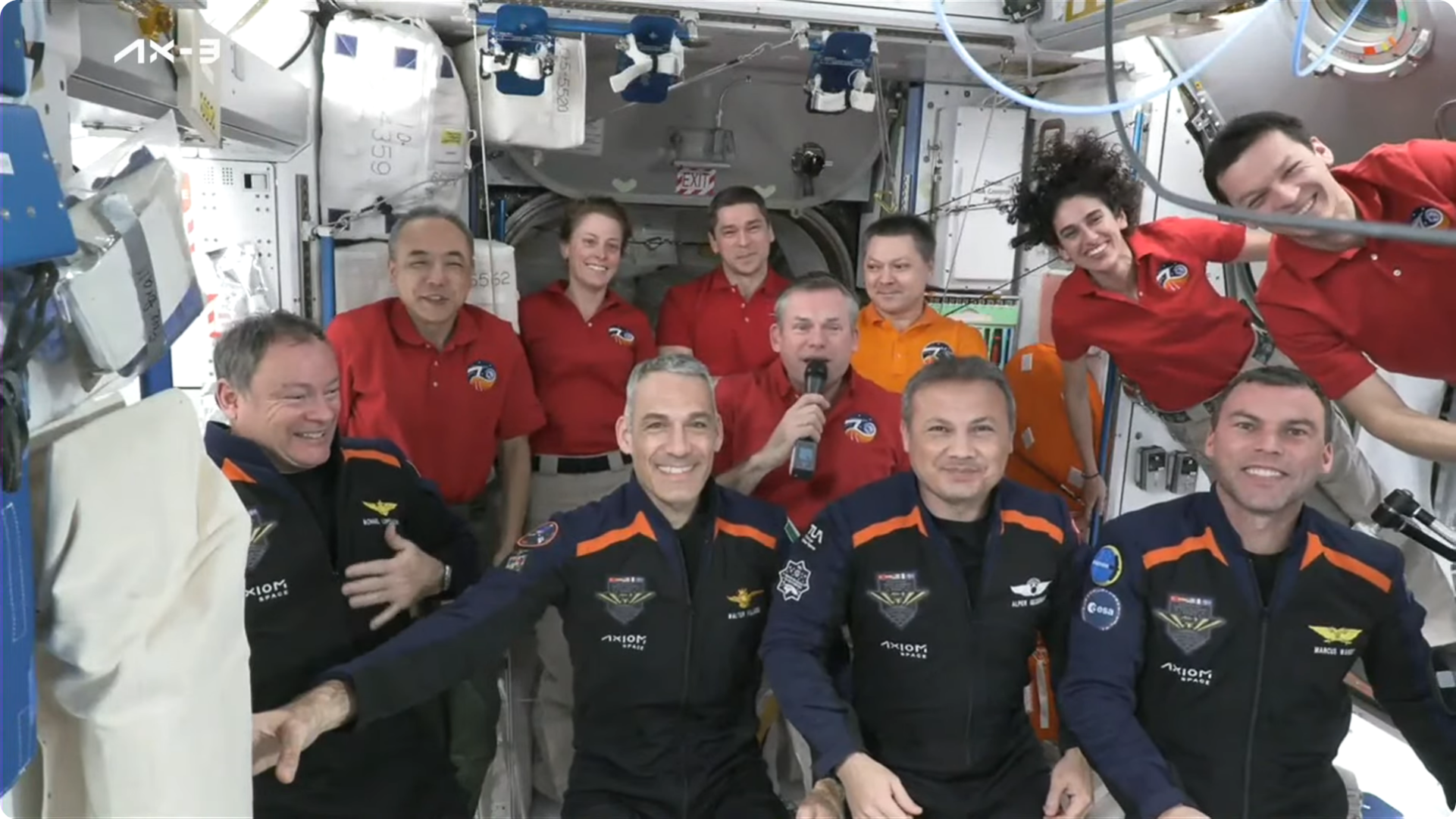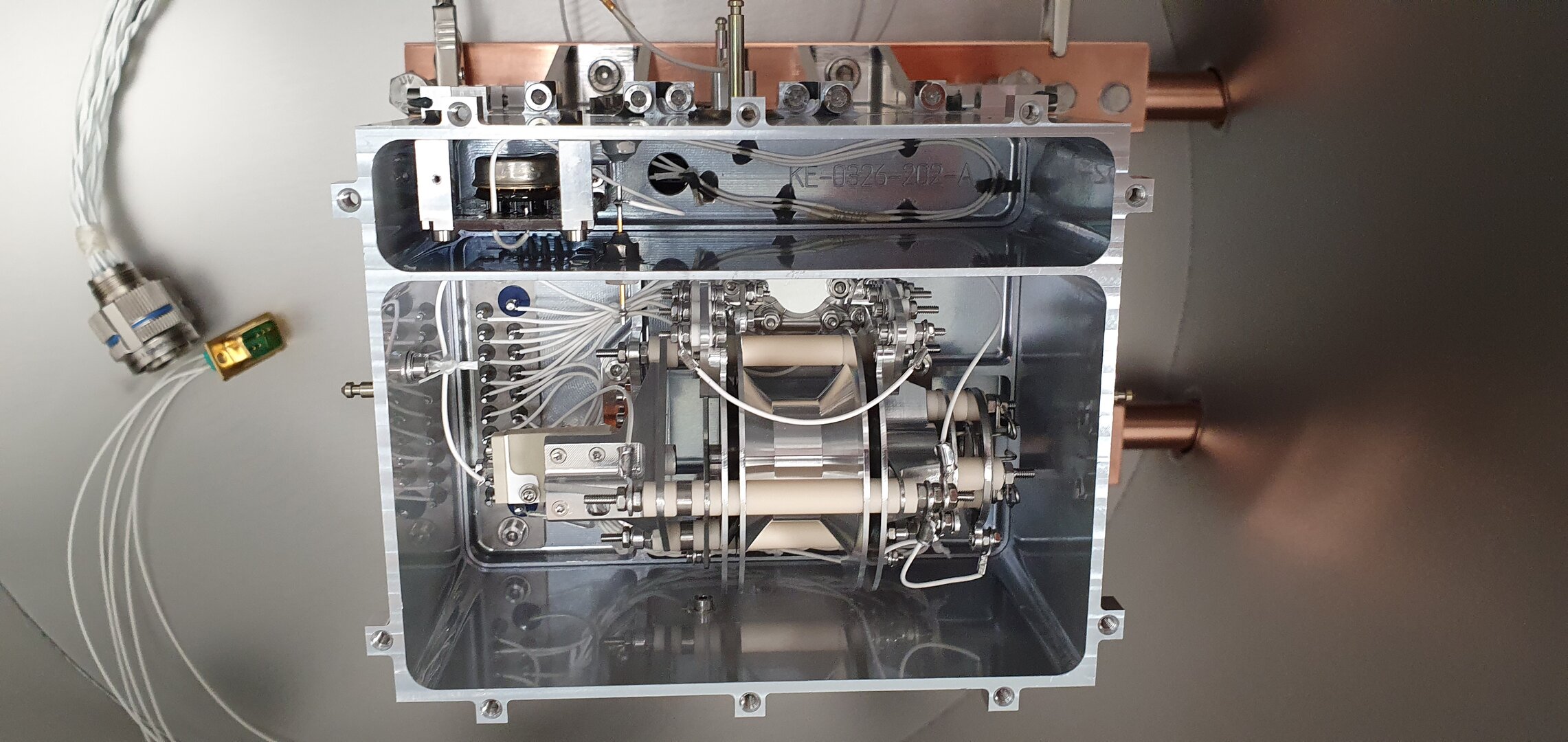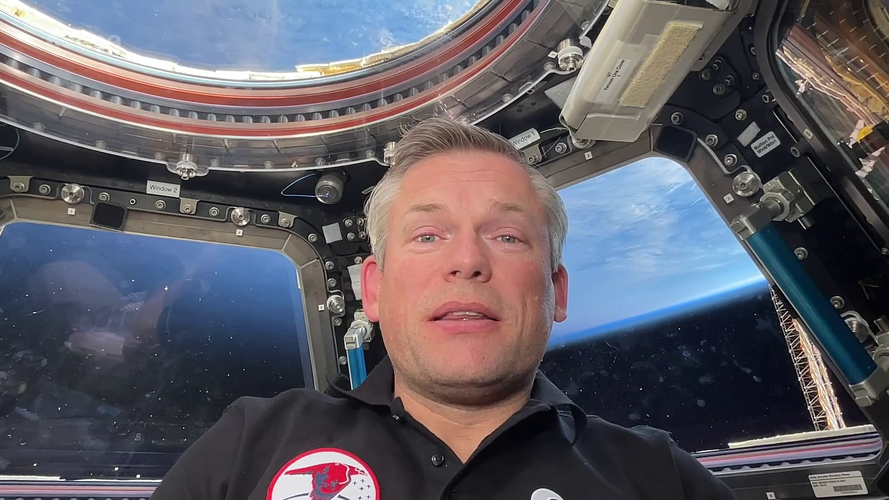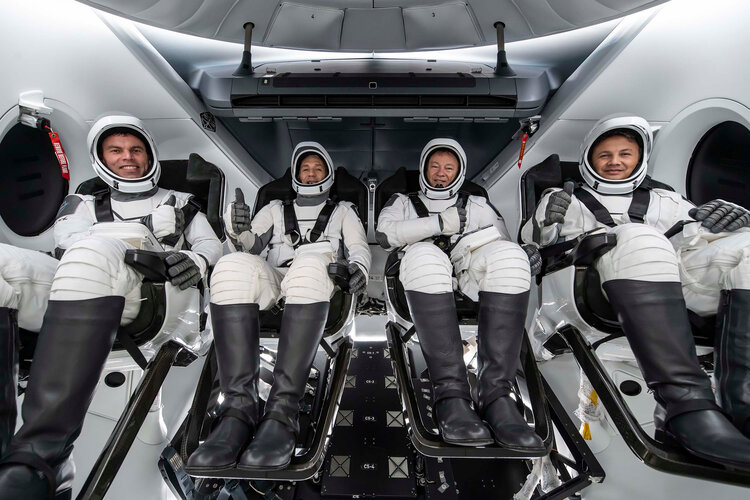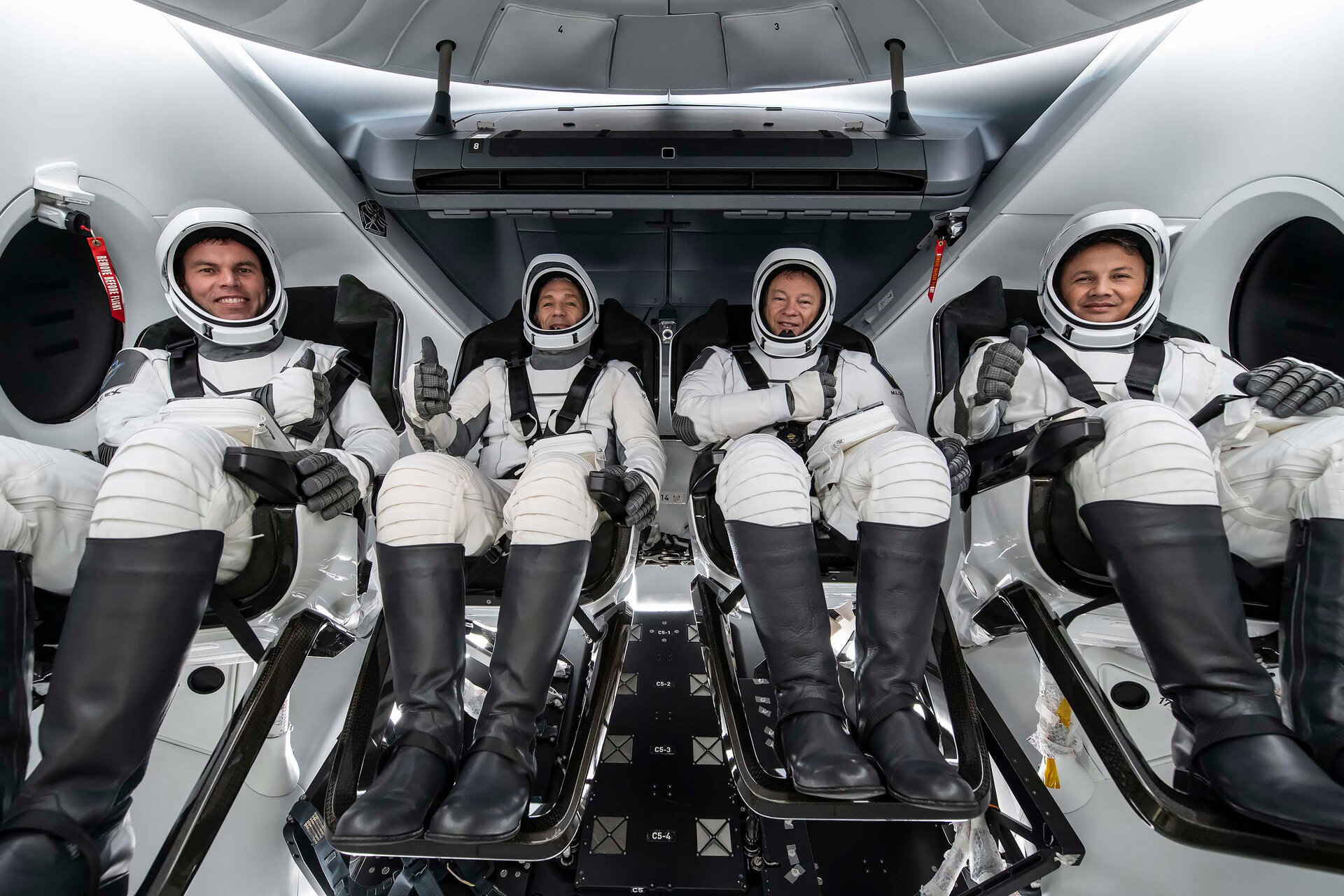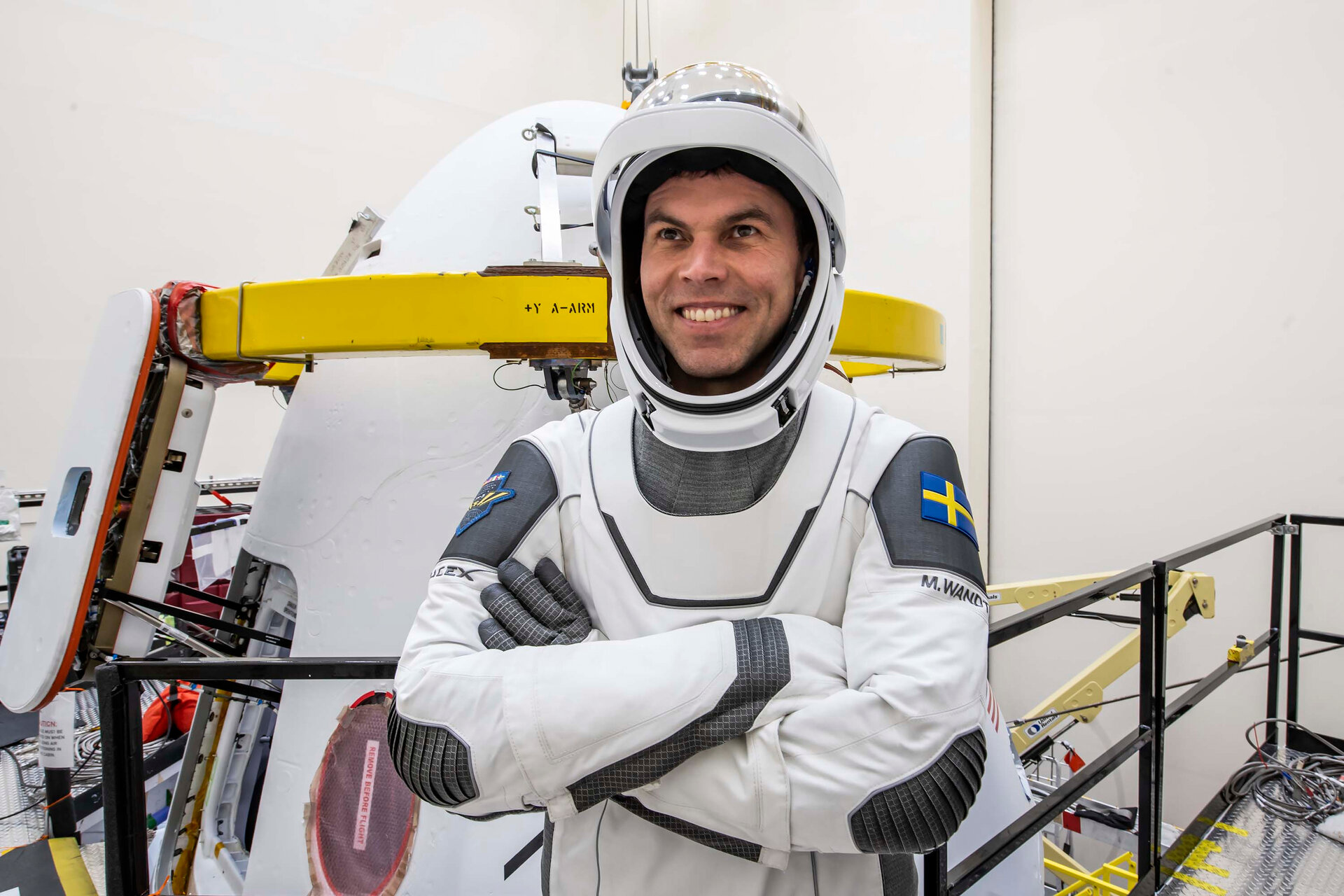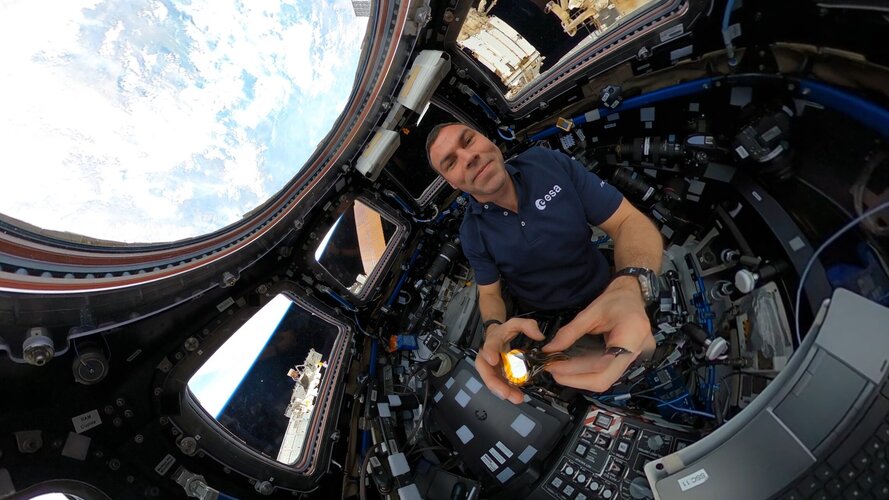
 Video: 00:00:36
Video: 00:00:36
Join ESA project astronaut Marcus Wandt inside the seven-windowed cupola, the International Space Station's "window to the world" and and pan around to enjoy the view.
The ESA - European Space Agency-built Cupola is the favourite place of many astronauts on the International Space Station. It serves not only as a unique photo spot, but also for observing robotic activities, arriving spacecraft and spacewalks.
Marcus was launched to the International Space Station on the Dragon spacecraft as part of Axiom Mission 3 on 18 January 2024. His two-week mission on board is known as Muninn.
Follow Marcus’s journey on the Muninn website, check our launch kit in English or Swedish and connect with Marcus on his Instagram and X accounts.
_Please accept the website cookies to see the YouTube version and experience the 360VR view. _
#human #space #science #esa #europeanspaceagency
posted by pod_feeder_v2
